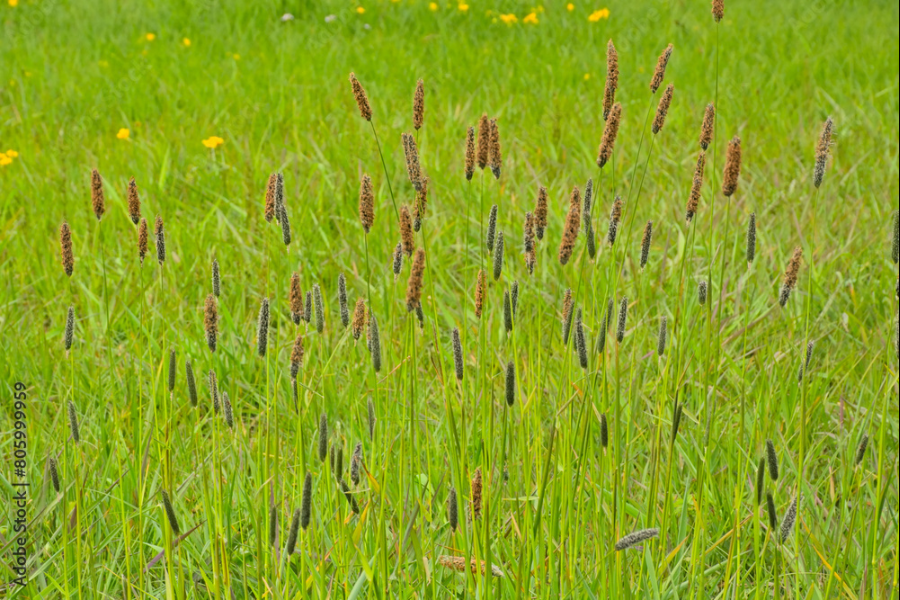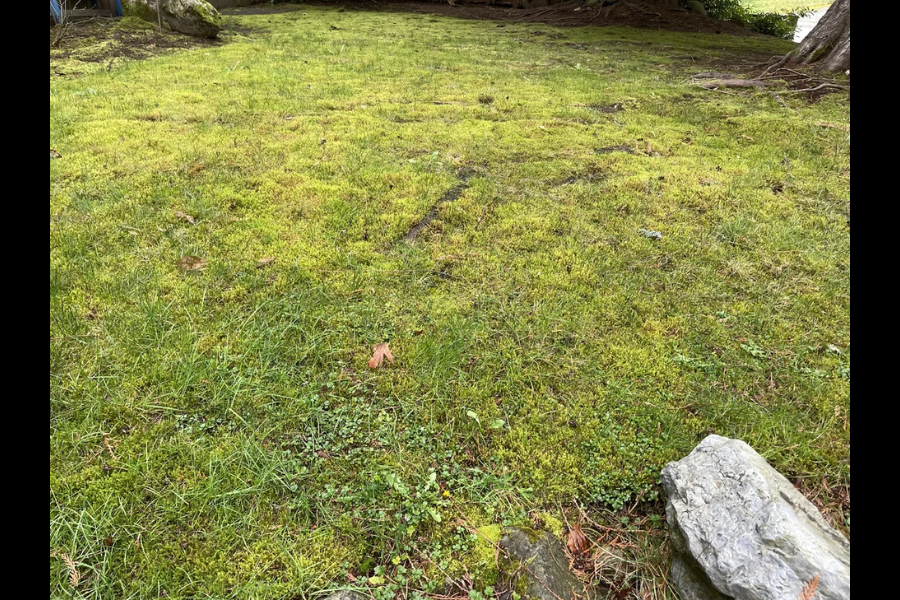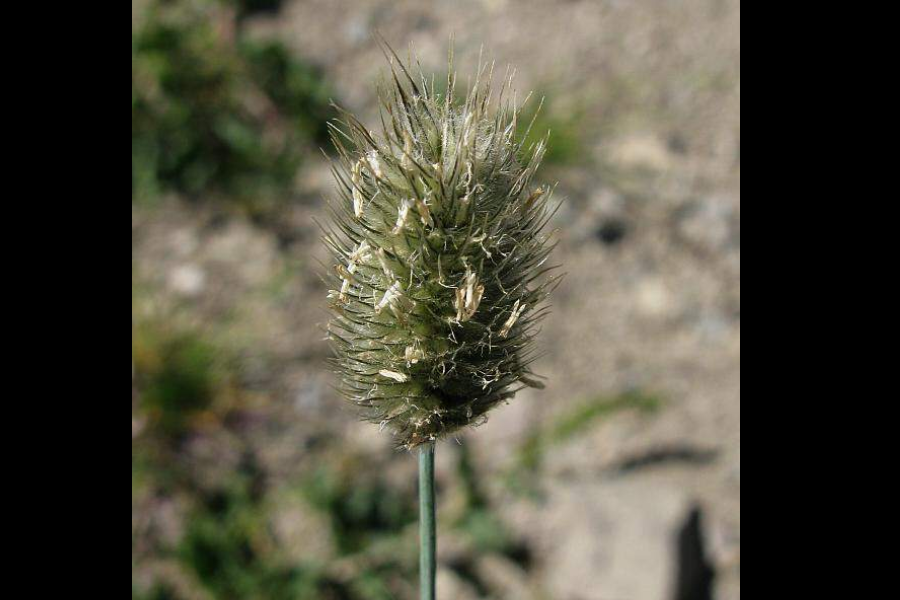A Comprehensive Guide on How to Get Rid of Alopecurus Alpinus Boreal in Your Lawn
Introduction
Have you recently glanced at your lawn and spotted an unwelcome intruder? If Boreal alopecurus is taking over, you’re not alone. This invasive grass species can swiftly turn a vibrant green space into a patchy eyesore. Once it takes root, managing it becomes increasingly challenging. However, understanding this pesky weed is the crucial first step toward reclaiming your yard!
In this guide, we will delve into the nature of Boreal how to get rid of alopecurus alpinus boreal in lawn why it poses a threat to your lawn’s health, and effective strategies for control. Whether you prefer natural solutions or chemical treatments, we have you covered. Let’s dive in and work together to reclaim your lawn from this persistent invader!
The Threats Posed by Boreal Alopecurus
Boreal alopecurus can quickly transform your lawn from a lush paradise into an unsightly mess. This invasive grass competes fiercely with desirable plants, smothering native grasses and flowers in the process. Its dense growth can complicate mowing and leave your lawn looking patchy and unkempt. Many homeowners experience frustration as their carefully curated lawns fall victim to this unwelcome guest.
Beyond aesthetics, Boreal alopecurus can negatively impact soil health. Its extensive root system can disrupt nutrient cycling, how to get rid of alopecurus alpinus boreal in lawn depriving other plants of the essential resources they need to flourish. Additionally, the presence of this weed may attract pests that can harm your garden’s ecosystem. If left unchecked, it can lead to increased maintenance costs and time spent battling its relentless spread.
Recognizing these dangers is essential to addressing the issue before it escalates further into your yard.
How to Identify and Assess the Infestation
Identifying Boreal alopecurus in your lawn can be quite challenging. This grass species often blends in with other varieties, making it easy to overlook. A key sign to watch for is its unique growth pattern. It tends to form dense clumps or patches that stand out from your regular grass. Mature plants can reach heights of up to 24 inches, with tall, upright stems.
The leaves are typically narrow and possess a distinctive dark green color. During blooming season, small spikes appear at the tops of the stems, showcasing tiny flowers that enhance their visibility.
To assess an infestation, check large areas where you suspect this weed may thrive. Don’t forget to examine nearby garden beds or how to get rid of alopecurus alpinus boreal in lawn borders, as Boreal alopecurus can spread rapidly if not addressed promptly. Regular inspections can help you catch it early before it wreaks havoc on your lawn’s health and appearance.
Natural Methods for Managing Boreal Alopecurus
Controlling Boreal alopecurus naturally begins with good lawn care practices. Regular mowing can prevent this invasive grass from producing seeds, keeping its spread in check. Aim to cut your grass at a height that encourages healthy growth for your desired species while stunting the growth of alopecurus.
Hand-pulling can also be an effective method, especially when the soil is moist, allowing for the complete removal of the root system. While it can be labor-intensive, this technique can significantly reduce infestations.
Mulching is another beneficial approach, as it blocks sunlight and inhibits growth. Applying organic materials such as wood chips or straw around affected areas can help.
Consider introducing competitive plants into your lawn mix. Native grasses tend to thrive better than Boreal alopecurus, fostering a diverse ecosystem that naturally crowds out unwanted species over time.
Additionally, maintaining proper watering how to get rid of alopecurus alpinus boreal in lawn habits is crucial; excessive moisture can encourage invasive growth while stressing out desirable plants.
Chemical Treatments for Boreal Alopecurus
When infestations of Boreal alopecurus become severe, chemical treatments can be effective in managing the situation. Herbicides containing glyphosate or other selective options that specifically target grasses are common choices.
Timing is crucial when applying these chemicals. Early spring and late fall typically yield the best results, as the grass is actively growing during these periods, allowing for better herbicide absorption.
Carefully follow the manufacturer’s instructions to avoid damaging nearby desirable plants. Spot treatments may be preferable to blanket spraying, minimizing unintended harm to your lawn.
After treating the area, closely monitor your lawn for any signs of regrowth. If you notice stubborn patches, a second application may be necessary.
Always prioritize safety by wearing protective gear when handling chemicals. Keep pets and children away from treated areas to ensure everyone’s well-being during this process.
Preventing Future Infestations
To keep Boreal alopecurus at bay, maintaining a healthy lawn is paramount. Focus on proper watering techniques, aiming to water deeply but less frequently to promote deep root growth.
Regular mowing is essential as well. Keeping your grass at a height of about three inches allows it to shade the soil, which can how to get rid of alopecurus alpinus boreal in lawn suppress weed growth.
Consider aerating your lawn once or twice a year. Aeration enhances airflow and nutrient absorption, making it more challenging for invasive species like Boreal alopecurus to establish themselves.
Fertilizing appropriately is also vital; use slow-release fertilizers that meet your lawn’s specific needs to make your grass more competitive against weeds.
Finally, monitor the edges of your property, where infestations often begin. Address any new patches promptly to prevent them from how to get rid of alopecurus alpinus boreal in lawn spreading further across your yard. Keeping a vigilant eye will save you time and effort in the long run.
FAQs:
1. What is Alopecurus alpinus Boreal?
Alopecurus alpinus, commonly known as boreal alopecurus, is an invasive grass species that can quickly take over lawns and gardens. It grows densely and competes aggressively with desirable plants, often leading to a patchy appearance.
2. How can I identify Alopecurus alpinus in my lawn?
Look for dense clumps or patches of grass that stand out from your regular lawn. Mature plants can grow up to 24 inches tall, with narrow, dark green leaves and small spikes at the top during blooming season.
3. What are some natural methods for controlling Alopecurus alpinus?
Natural control methods include:
- Regular mowing to prevent seed production.
- Hand-pulling when the soil is moist to remove the entire root system.
- Mulching with organic materials to block sunlight.
- Introducing competitive native grasses to crowd out the invasive species.
4. When is the best time to apply chemical treatments for Alopecurus alpinus?
The best times to apply herbicides are early spring and late fall when the grass is actively growing. This ensures better absorption of the herbicide.
5. Are chemical treatments safe for my lawn?
When used correctly and following manufacturer instructions, chemical treatments can effectively manage Alopecurus alpinus without harming desirable plants. Spot treatments are preferable to minimize collateral damage.
6. How can I prevent future infestations of Alopecurus alpinus?
To prevent future invasions:
- Maintain a healthy lawn through proper watering and fertilization.
- Aerate your lawn to improve nutrient absorption.
- Monitor edges of your property for new patches and address them promptly.
7. Is hand-pulling effective in managing Alopecurus alpinus?
Yes, hand-pulling can be effective, especially when done thoroughly to remove the entire root system. It may be labor-intensive but can significantly reduce infestations.
Conclusion
Dealing with Alopecurus alpinus boreal in your lawn can be a daunting task, but with the right strategies and vigilance, you can reclaim your outdoor space. By understanding the nature of this invasive grass, identifying it early, and employing effective control methods—whether natural or chemical—you can protect the health and appearance of your lawn. Remember that maintaining a healthy lawn through good care practices is key to preventing future infestations. With patience and effort, you can enjoy a vibrant, lush lawn free from the grips of boreal alopecurus!

